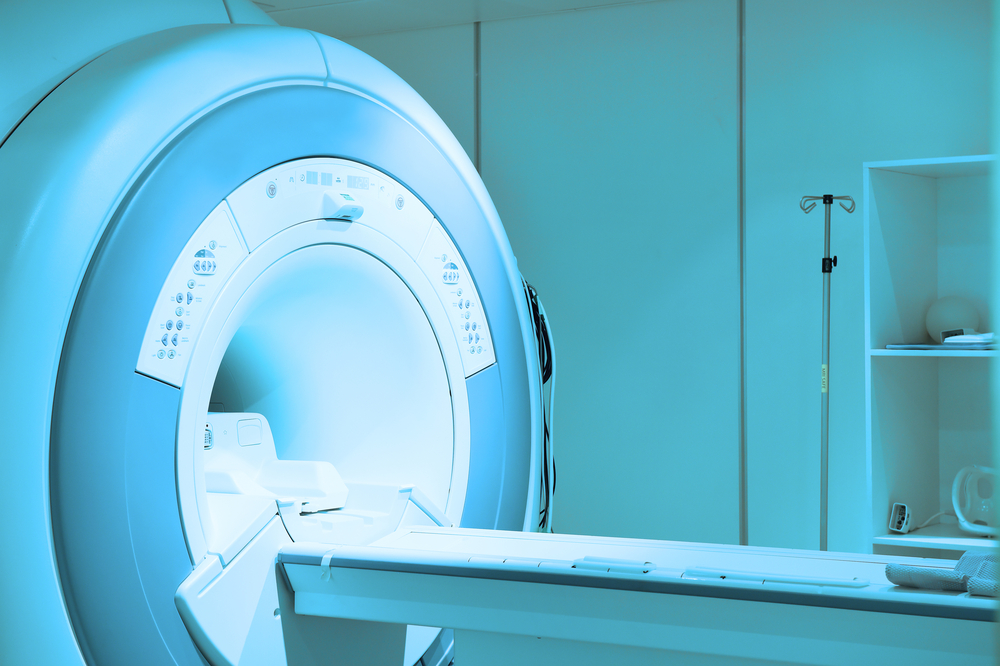Low-dose Radiotherapy Could Treat Cancer Caused by GPA Lesions, Case Report Suggests

Tumors caused by granulomatosis with polyangiitis (GPA)-related lesions appear to be especially sensitive to radiation and can be treated effectively with low-dose radiotherapy, a case report suggests.
The study, “Radiotherapy in advanced glottic laryngeal carcinoma in a patient with Wegener’s granulomatosis: how much radiation dose is needed?,” was published in OncoTargets and Therapy.
GPA (previously known as Wegener’s granulomatosis) is a type of ANCA-associated vasculitis characterized by the formation of granulomas — masses of immune cells — that affect multiple organs, most commonly the respiratory tract and the kidneys.
GPA patients have a higher risk of cancer than the general population, probably due to disease complications or long-term treatment with immunosuppressants.
Researchers at the San Giuseppe Moscati Hospital in Taranto, Italy, reported the case of a 61-year-old caucasian man with a severe case of voice loss.
The patient had been diagnosed with GPA 10 years before and had experienced recurrent episodes of otitis, sinusitis, pneumonia, and coughing up blood. The complications were associated with positive anti-neutrophil cytoplasmic autoantibody (ANCA), the antibodies that attack certain immune cells in ANCA vasculitis.
He often had received high doses of cyclophosphamide and Rituxan (rituximab) to control GPA flares and reduce ANCA antibody levels.
A biopsy showed that he had a carcinoma — a type of cancer that begins in the cells of the skin — in the glottis and the larynx (the organs that hold the vocal cords). These results were confirmed by a magnetic resonance imaging (MRI) scan.
The tumor appeared to have no metastasis and probably was caused by lesions related to the narrowing of the larynx caused by long-term GPA.
Since the patient refused surgery, the doctors decided to apply radiotherapy instead of a combination of radio and chemotherapy to reduce treatment-related toxicity.
The initial plan was to apply a total dose of 50 Gy (a measure of radiation) over various sessions, or fractions, and then a boost for a total dose of 70 Gy.
Between the second and third week of radiotherapy, when the patient had received 30 Gy, the treatment had to be temporarily discontinued because the patient lost his voice completely, was losing weight rapidly, and had recurrent fevers.
He was diagnosed with pneumonia and low white cells count and was treated with steroids, antibiotics, and antimycotics effectively.
After eight days, radiotherapy was resumed until reaching 50 Gy. However, the symptoms reappeared. Further examination showed the patient had edema (swelling) in the epiglottis and had lost function in the nerves of the head and neck, probably due to a GPA release.
Radiotherapy was interrupted at a total delivered dose of 60 Gy. Two months after discontinuing radiotherapy, an MRI scan of his neck showed the tumor had disappeared. The patients died due to a GPA flare six months after radiotherapy was halted.
Typically, advanced laryngeal cancers are treated with a combination of chemotherapy and radiotherapy in total doses of at least 70 Gy. “In our case, [the tumor] was cured with 60 Gy radiation dose without chemotherapy, supporting the hypothesis of a very radiosensitive tumor probably arisen from [GPA complications],” researchers added.
Other GPA-related lesions, such as granulomas, also are very sensitive to radiation and are ultimately resolved by applying low-dose radiotherapy.
Investigators concluded that “tumors arising from [GPA] lesions could be considered radiosensitive more than naïve cancers and should be successfully treated with lesser radiation dose to reduce the acute and late normal tissue toxicities.”






